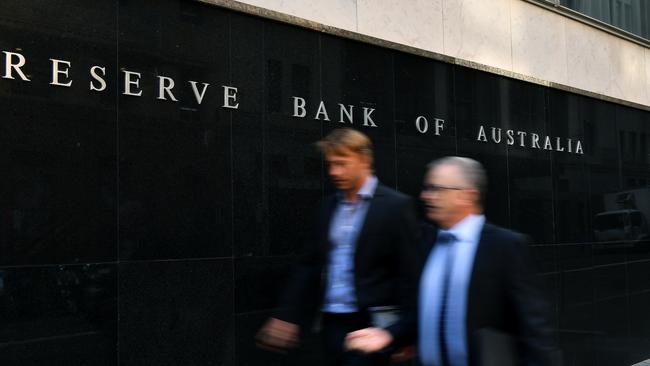
The dollar hit a two-week low of US70.56c, three-year bond yields hit a record low of 0.121 per cent, 10-year bond yields dived to a six-month low of 0.722 per cent and the S&P/ASX 200 share index reached a seven-month high of 6233.4 after rising as much as 7.6 per cent in nine days.
The ASX 200 fell back to 6176.8 on Friday, but may have an edge over offshore markets as domestic fiscal and monetary policy go all out to support a nascent recovery from the pandemic.
With the RBA’s November 3 board meeting just over two weeks away (the same day as the US presidential election), investors will scrutinise the minutes of the central bank’s October board meeting on Tuesday, while global markets will face a new economic blow from fresh lockdowns in Europe, while gauging risks around the US election and the chances of major US fiscal stimulus.
For Westpac chief economist Bill Evans, Thursday’s speech by RBA governor Philip Lowe at the Citi investment conference was a “game changer” in terms of pointing to lower-for-longer interest rates. Lowe said the RBA would “now be putting a greater weight on actual, not forecast, inflation in our decision-making”, signalling rates will not rise until inflation is back in the 2-3 per cent range.
His comments had a “Jackson Hole” feel about them, indeed it’s no coincidence they came a few months after Fed chairman Jerome Powell signalled a more patient approach to the inflation target — now targeting inflation of 2 per cent “on average” over the cycle, according to Evans.
“We have become used to the policy guidance around employment being ‘progress towards full employment’, Evans says. “The approach now seems to be … that because wage pressures will only emerge with full employment, and wage pressures are necessary to bring inflation back into the 2-3 per cent band, policy will remain on hold until full employment has been achieved.”
And while previously troubled by the interaction of low interest rates and asset prices — in particular house prices — Lowe now sees rising asset prices as constructive in the context of “jobs”.
“To the extent that an easing of monetary policy helps people get jobs it will help private sector balance sheets and lessen the number of problem loans,” Lowe noted.
“In so doing, it can reduce financial stability risks.”
Financial stability risks from people taking more investment risk in the search for yield and the effect of low interest rates on people who rely on interest income will be “weighed” and “taken into account”. But “the considerations have changed somewhat” compared to times in the past, when the RBA was considering reducing interest rates in a “relatively robust economic environment”.
Indeed, Evans argues that unlike the changes around the inflation and unemployment targets the RBA’s view on financial stability risks is likely to be moderated as we move through the recovery.
“I expect that the governor still harbours concerns around the impact of asset bubbles on the real economy, but for now, and the likely next year or so, concerns (over) monetary policy destabilising asset markets are going to be contained,” Evans says. Lowe noted that while in the past interest differentials “provided a reasonable gauge” to the relative stance of monetary policy across countries, “things are not so straightforward” now, with “monetary policy also working through balance sheet expansion”.
“Our balance sheet has increased considerably since March, but larger increases have occurred in other countries,” Lowe said. “We are considering the implications of this as we work through our own options.”
For Evans, this was a “clear signal that the bank is prepared to use its balance sheet more proactively, including purchasing Australian and semi-government bonds across the yield curve”.
Critically, Lowe was very clear about his immediate plans.
“When the pandemic was at its worst and there were severe restrictions on activity we judged that there was little to be gained from further monetary easing,” he said. “The solutions to the problems the country faced lay elsewhere. As the economy opens up, though, it is reasonable to expect that further monetary easing would get more traction than was the case earlier.”
Evans says that was “about as strong as you can get that he is planning to ease policy at the next board meeting on November 3”.


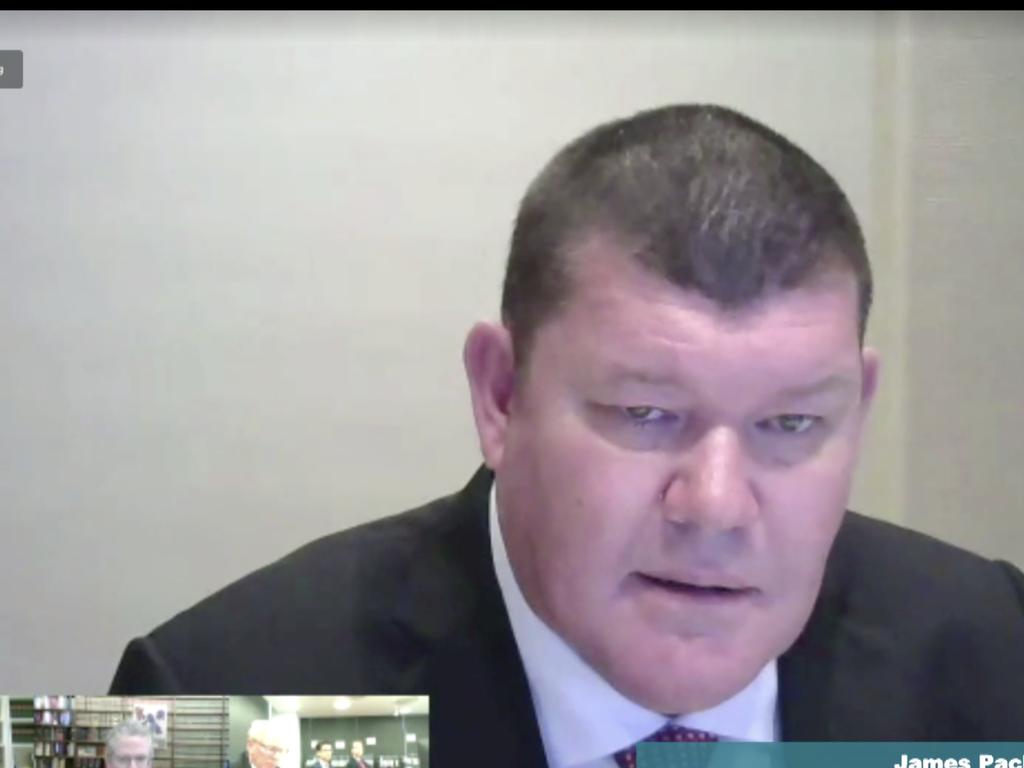
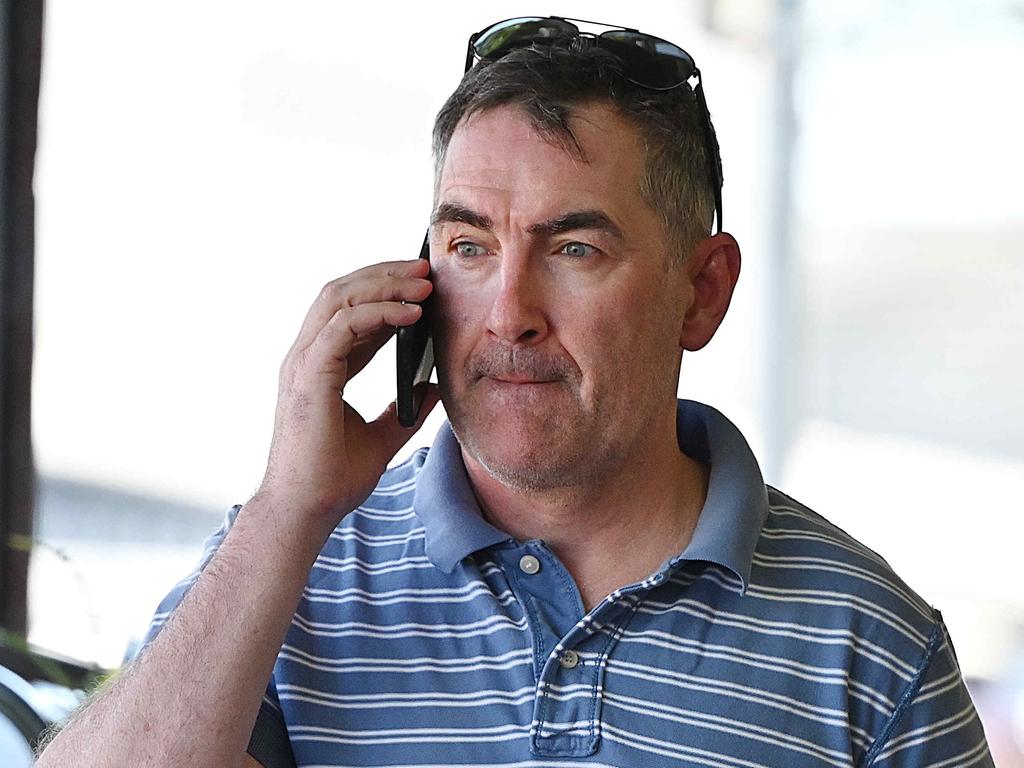
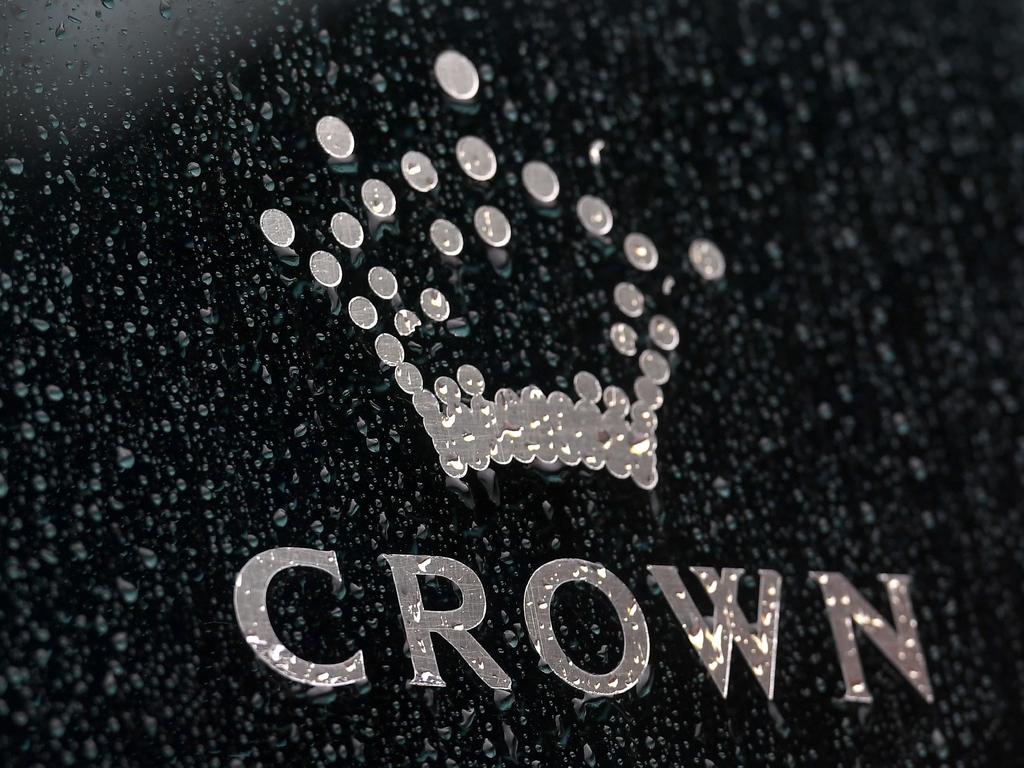
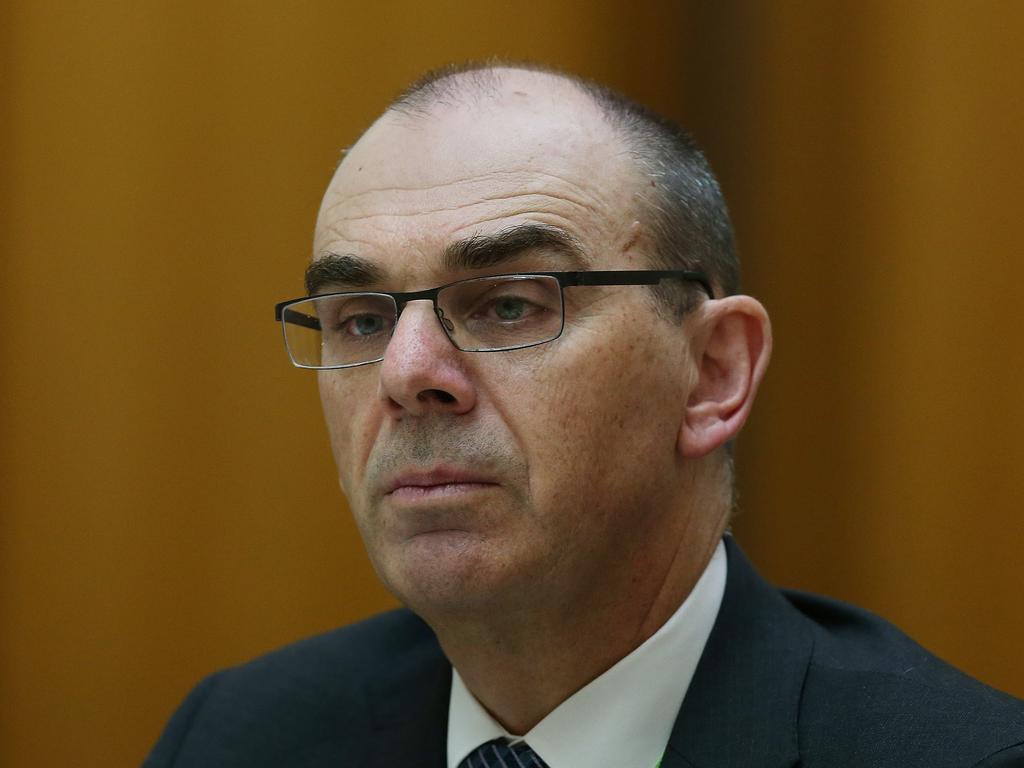


Signs that the Reserve Bank is planning to ease monetary policy at next month’s board meeting lowered the dollar and bond yields this week while supporting shares after an extraordinary winning streak driven mostly by the federal budget.